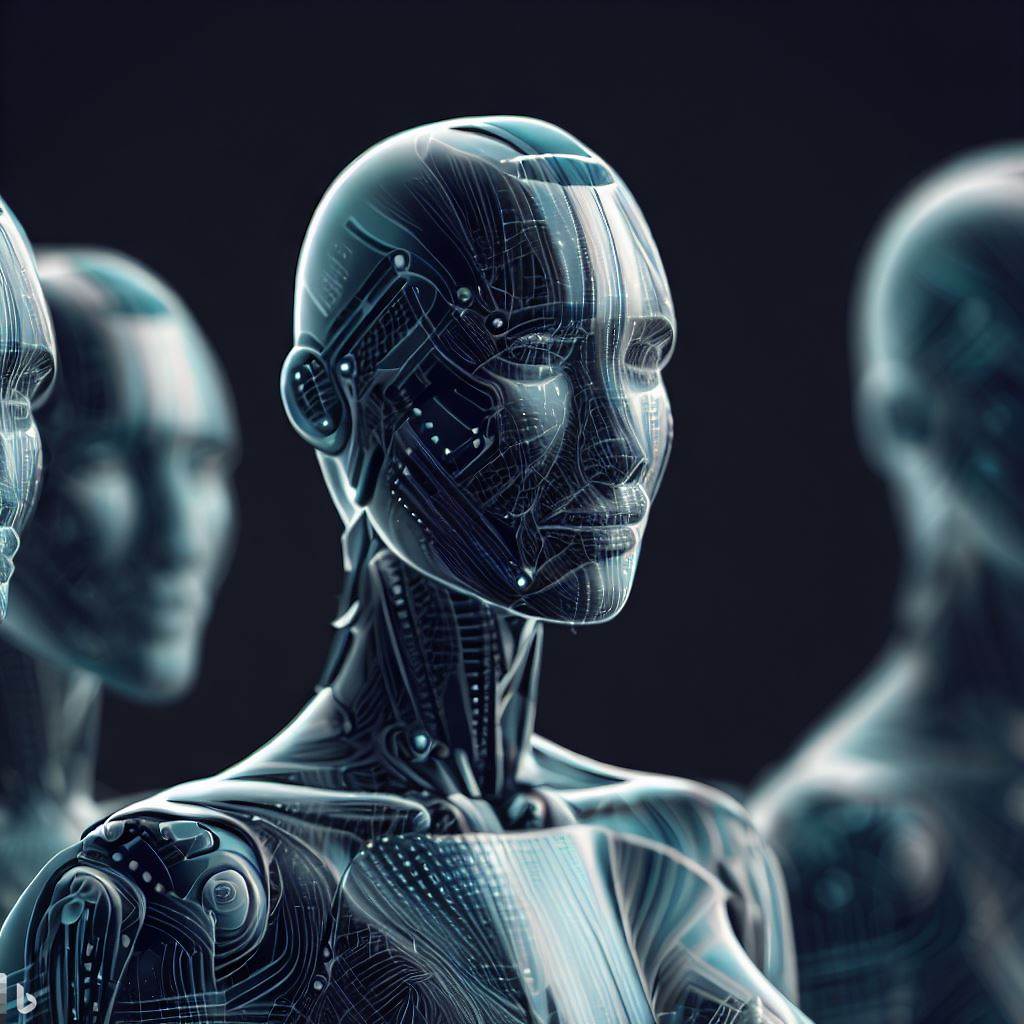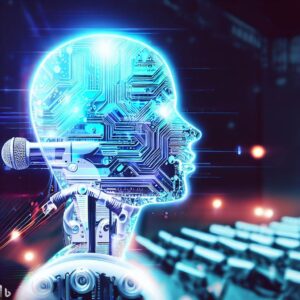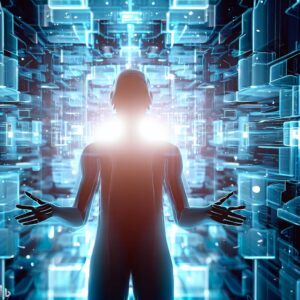
Artificial Intelligence (AI) has emerged as one of the most promising fields in technology. Neural Networks (NN) form the backbone of AI and are widely used in applications such as speech recognition, image classification, and natural language processing. There are several types of NN models, each with its strengths and limitations. In this article, we will discuss the top 10 AI models of NN and their applications.
- Convolutional Neural Networks (CNNs)
CNNs are widely used in image recognition and classification tasks. They consist of multiple layers, including convolutional layers, pooling layers, and fully connected layers. The convolutional layers extract features from the images, while the pooling layers downsample the features to reduce the dimensionality. The fully connected layers classify the features into different categories. Some of the popular CNN models include AlexNet, VGG, and ResNet.
- Recurrent Neural Networks (RNNs)
RNNs are used in applications that involve sequential data, such as speech recognition, language translation, and time-series analysis. RNNs have a feedback mechanism that allows them to maintain an internal state and use it to process subsequent inputs. Some of the popular RNN models include Long Short-Term Memory (LSTM) and Gated Recurrent Unit (GRU).
- Generative Adversarial Networks (GANs)
GANs are used in applications such as image generation, video generation, and text generation. GANs consist of two networks, a generator network and a discriminator network. The generator network creates synthetic data, while the discriminator network tries to distinguish between synthetic and real data. The two networks compete with each other, and the generator network learns to create more realistic synthetic data.
- Autoencoder
Autoencoders are used in applications such as image and speech compression, anomaly detection, and dimensionality reduction. Autoencoders consist of an encoder network and a decoder network. The encoder network compresses the input data into a low-dimensional representation, while the decoder network reconstructs the input data from the low-dimensional representation.
- Deep Belief Networks (DBNs)
DBNs are used in applications such as speech recognition, image recognition, and natural language processing. DBNs consist of multiple layers of Restricted Boltzmann Machines (RBMs). The RBMs learn to extract features from the input data, and the output of one RBM is used as the input to the next RBM. The top layer of the DBN performs classification.
- Deep Q-Networks (DQNs)
DQNs are used in applications such as game playing and robotics. DQNs combine deep learning with reinforcement learning to learn how to make decisions in complex environments. DQNs consist of a deep neural network and a Q-learning algorithm. The deep neural network learns to predict the Q-values of different actions, while the Q-learning algorithm updates the Q-values based on the rewards received.
- Capsule Networks
Capsule Networks is a relatively new type of neural network that is used in applications such as image recognition and natural language processing. Capsule Networks use capsules instead of neurons. Each capsule represents
a set of properties of a feature, such as orientation, scale, and color. Capsule Networks allow for the hierarchical modeling of features, which makes them more robust to variations in the input data.
- Transformer
Transformers are used in applications such as language translation and natural language processing. Transformers consist of an encoder and a decoder, and they use attention mechanisms to selectively focus on different parts of the input and output sequences. Transformers have achieved state-of-the-art performance in several natural language processing tasks.
- Neural Turing Machines (NTMs)
NTMs are used in applications such as program synthesis and language modeling. NTMs combine neural networks with external memory, which allows them to store and retrieve information during computation. NTMs have the ability to learn algorithms and can solve tasks that require complex reasoning.
- Deep Reinforcement Learning
Deep Reinforcement Learning is a combination of deep learning and reinforcement learning, and it is used in applications such as game playing and robotics. Deep Reinforcement Learning involves training an agent to interact with an environment and learn how to maximize a reward function. Deep Reinforcement Learning has achieved impressive results in games such as Go and Atari.
In conclusion, Neural Networks form the backbone of Artificial Intelligence and there are several types of NN models, each with its strengths and limitations. In this article, we discussed the top 10 AI models of NN and their applications. It is important to note that these models are constantly evolving, and new models are being developed that push the boundaries of what is possible in AI.
Site links for more information on each model:
- Convolutional Neural Networks: https://www.tensorflow.org/tutorials/images/cnn
- Recurrent Neural Networks: https://towardsdatascience.com/recurrent-neural-networks-129b91b48c91
- Generative Adversarial Networks: https://machinelearningmastery.com/what-are-generative-adversarial-networks-gans/
- Autoencoder: https://towardsdatascience.com/applied-deep-learning-part-3-autoencoders-1c083af4d798
- Deep Belief Networks: https://deeplearning4j.org/docs/latest/deepbeliefnetwork
- Deep Q-Networks: https://towardsdatascience.com/dqn-part-1-vanilla-deep-q-networks-6eb4a00febfb
- Capsule Networks: https://towardsdatascience.com/capsule-networks-the-future-of-deep-learning-c27b863f8b8f
- Transformer: https://towardsdatascience.com/how-to-code-the-transformer-in-pytorch-24db27c8f9ec
- Neural Turing Machines: https://deepmind.com/blog/article/neural-turing-machines
- Deep Reinforcement Learning: https://towardsdatascience.com/deep-reinforcement-learning-what-are-deep-q-networks-84d14beb4217

